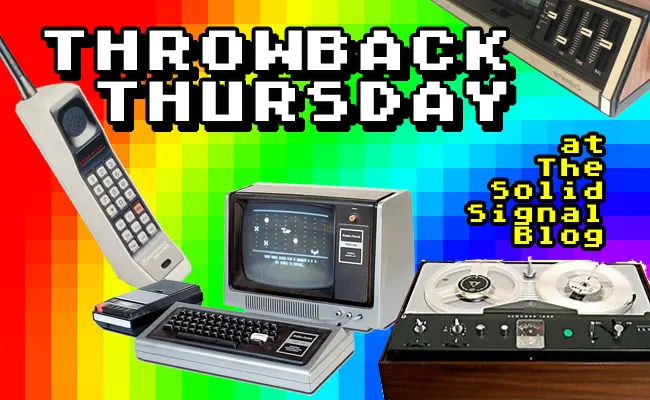Of course, GPS is still a thing. But it’s a different thing than it was back in 2018 when I wrote this article. I would say that was about the tail end of the standalone GPS’s heyday. I haven’t seen a standalone GPS in years, and I’m willing to bet you haven’t either. It’s just so convenient to use your phone.
The odd intersection that was 2018
2018 was a time when our very thoughts about GPS systems were changing. While the Global Positioning System had been in use since the 1960s, but it wasn’t until the 1980s when consumer GPS devices first hit the market. They were little more than just readouts of coordinates, though. It took until around 2001 before we started seeing any sort of GPS device with built-in mapping. It would be another few years after that before we started seeing turn-by-turn navigation and systems built into cars.
In 2018, there were three distinct things happening in the world of GPS. The standalone GPS, which people would buy and attach to their car was still out there, but there hadn’t been a new innovation in that market for years. Then there were smartphone GPS apps, which kept getting better and better. Finally, there were the systems built into cars. For most of the 2010s, having a GPS built into your car was a sign of luxury. However, carmakers made it hard and expensive to update their systems and people realized that the always-updated smartphone was going to beat out an old-style system any day.
At the intersection of all of this were systems like Apple CarPlay and Android Auto. These systems use your phone to control a screen in your car, offering not only mapping apps but deep integration with messages and calls, as well as music and other apps. CarPlay and Android Auto both had slow starts, with carmakers giving them a chilly reception at first. By 2018, though, they were starting to replace those built-in GPS systems and people were genuinely happy about that.
It all seems sort of funny now
There used to be a lot of nervousness about CarPlay and Android Auto. What if your car supported the wrong one? What if an operating system update rendered your car’s screen unusable? Those worries were obviously unfounded, but they were pretty big concerns back then. That’s why people still opted for in-car GPS systems when they could.
The big change lately is that many carmakers have moved to a subscription system for their in-car GPS systems. I have to say, this makes no sense to me. Yes, this will guarantee that the maps stay accurate. Keeping those maps up to date requires a cellular connection (or access to home Wi-Fi) and there’s a cost to that. But I can’t imagine a lot of people using the in-car GPS if they have a phone which will get map updates for free. It seems to me like carmakers are putting in this hardware almost out of spite and making it as undesirable as possible.
On the other hand, you do have companies like GM and Tesla that don’t support CarPlay or Android Auto. In Tesla’s case this is almost forgiveable because their mapping is really good, and it updates when your car is connected to Wi-Fi. GM’s mapping software doesn’t have the same sterling reputation and that’s why you’re finding people who are really worried about this move from GM.
Looking forward
Will all of this be solved in another five years? I tend to think so. I think that with very few holdouts, pretty much every carmaker will take GPS hardware out of their vehicles and rely exclusively on something like CarPlay or Android Auto. Buyers love these systems and even Tesla has detractors who wish it would support something industry-standard.
In the meantime, the standalone GPS market has moved away from turn-by-turn directions back to hiking and marine applications. That’s where companies like Garmin started. Garmin has always had a very strong selection of marine products including high-quality GPS systems with weather and fish finding. If you’re interested in learning more about their products, shop at SolidSignal.com or give us a call at 888-233-7563.



